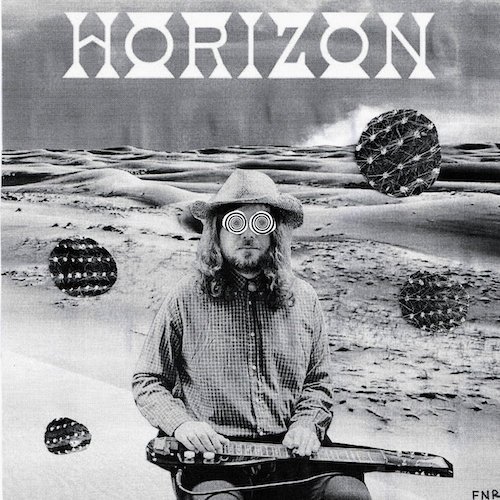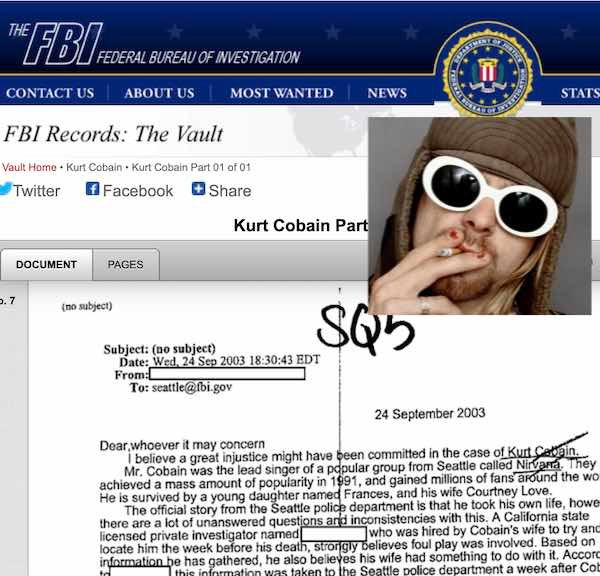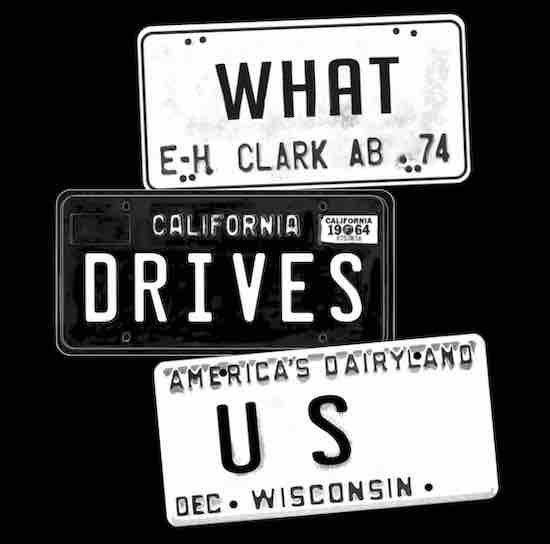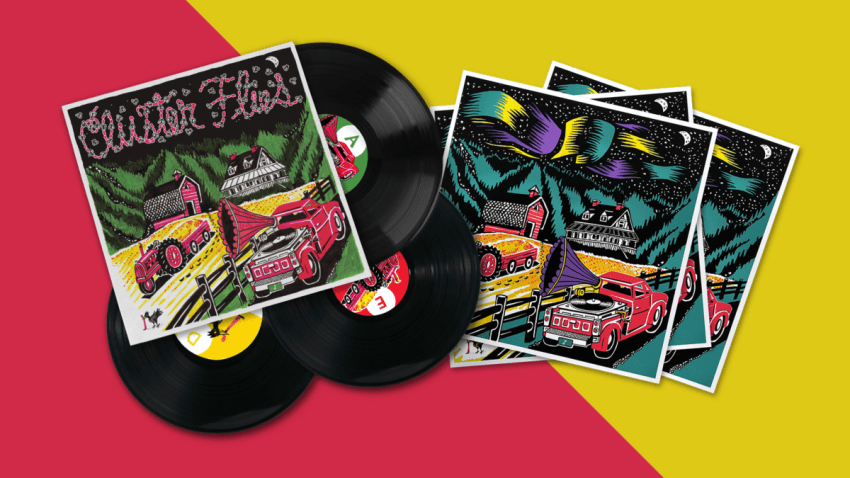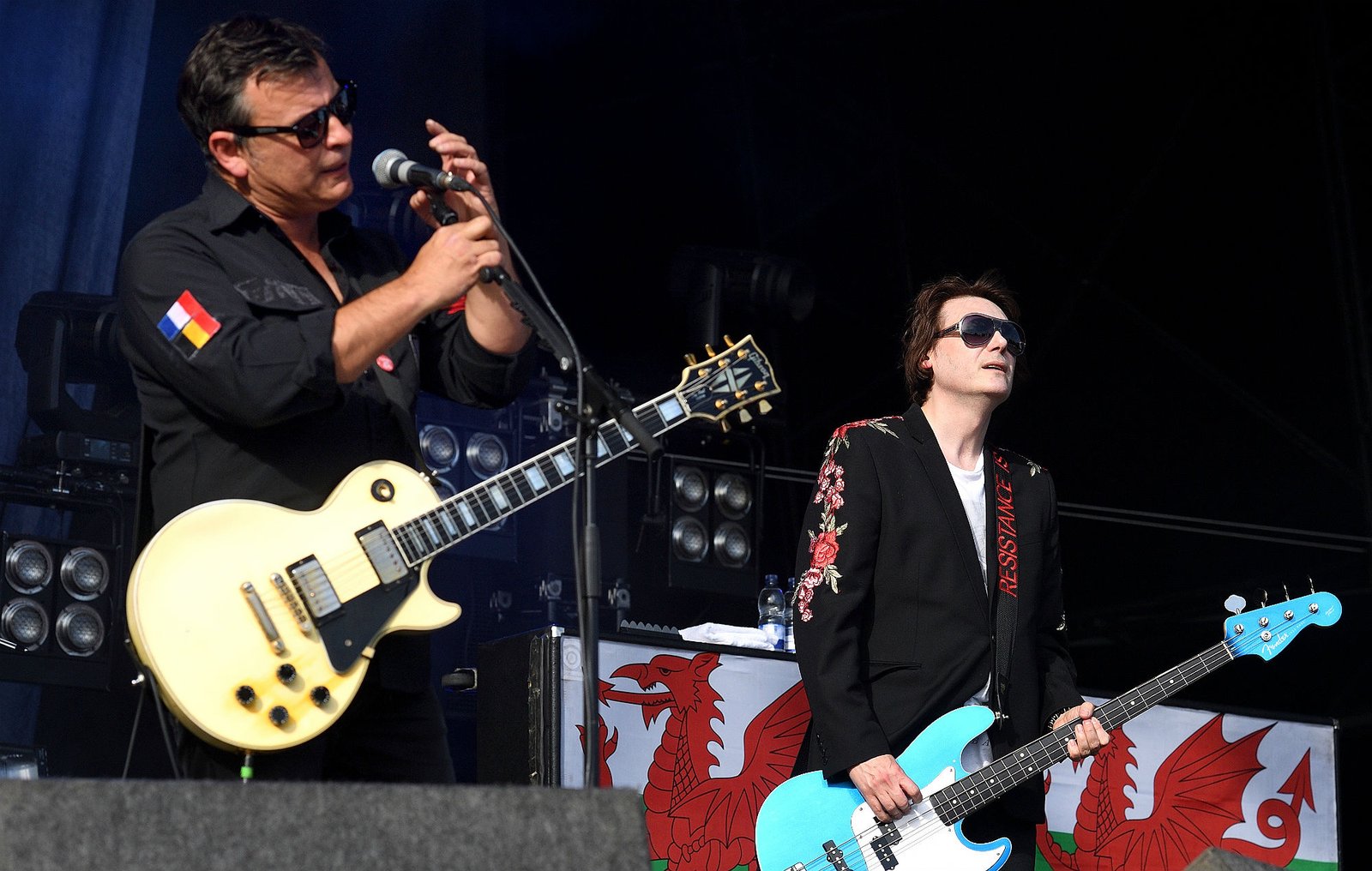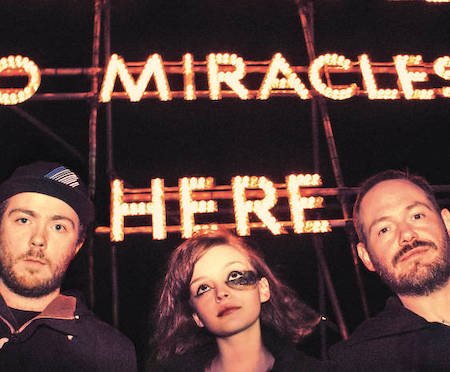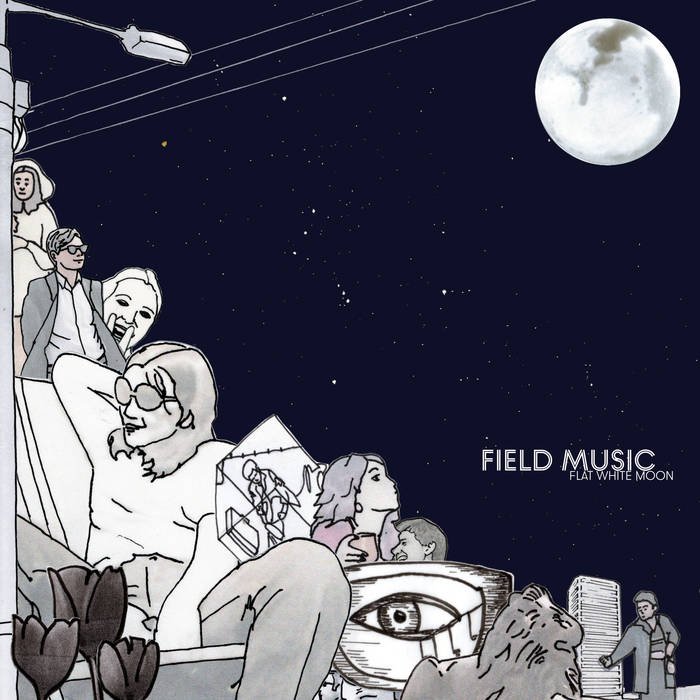Daddy's Home by st. vincent The multi-talented indie starlet Annie Clark, aka St. Vincent, is back with her sixth full-length…
Author: IRC Staff
Artist Spotlight: Misha Panfilov and his amazing instrumental music
If you haven’t heard the music of Misha Panfilov yet, here’s your chance. The new single, “Horizon” from rising European…
FBI finally releases Kurt Cobain’s case file
The FBI has made the 10-page file pertaining to the death of Nirvana frontman Kurt Cobain available to the public,…
Dave Grohl explores van touring in ‘What Drives Us’
Foo Fighters’ frontman Dave Grohl recently dropped the official trailer for his upcoming new documentary, ‘What Drives Us.’ Grohl’s new…
Influential Indie Rock Albums, Vol. I – ‘Daydream Nation’ by Sonic Youth
by Joshua Pickard This is a first in a series about the most influential alternative and indie rock albums, dating…
Cluster Flies: Amy Helm – Sleep
Phish’s song, “Sleep,” landed as the ninth track on their 2000 album, Farmhouse. The band first performed it live on…
Manic Street Preachers say new L.P. sounds like ‘The Clash playing Abba’
Manic Street Preachers have shared some new details about their upcoming new album. After sharing a list of nine potential song titles…
CHVRCHES Share New Video for ‘He Said She Said’
On Monday, Scottish electro-pop trio CHVRCHES shared a brand new song, “He Said She Said,” which is about the modern…
Stream Field Music’s ‘Flat Full Moon’ via Bandcamp
English rock band Field Music (led by brothers Peter and David Brewis) have released a new album, Flat White Moon,…
Watch Julia Stone cover The National and preview new material in her Off The Road session
Ahead of the release of Sixty Summers next week, on 30 April, Julia Stone is our latest Off The Road…
The Pale White – Infinite Pleasure
Finally, the long-awaited, much-anticipated debut album, Infinite Pleasure, from Newcastle rockers The Pale White is here. The trio (made up of Adam…

